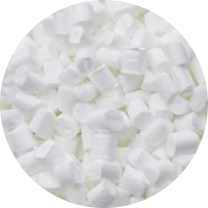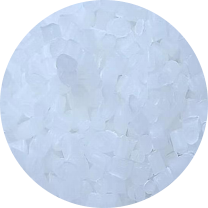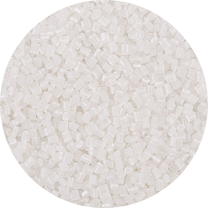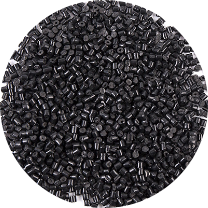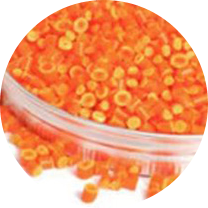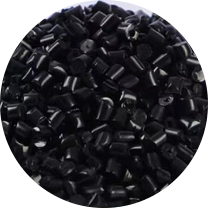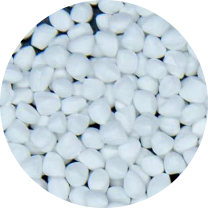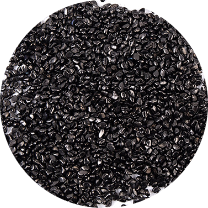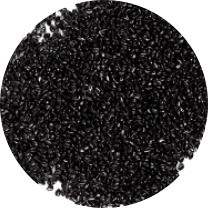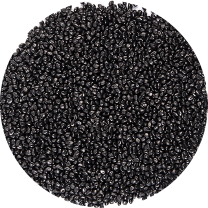Conductive Masterbatch: Applications, Benefits, and Selection Guide
- 1 What Is Conductive Masterbatch and How Does It Work?
- 2 Top 5 Applications of Conductive Masterbatch in Industry
- 3 How to Choose the Right Conductive Masterbatch for Plastics
- 4 Benefits of Using Conductive Masterbatch in Polymers
- 5 Conductive Masterbatch vs. Traditional Additives: A Comparative Analysis
What Is Conductive Masterbatch and How Does It Work?
Conductive masterbatch is a specialized additive used in polymer processing to impart electrical conductivity to plastics. It consists of a carrier resin loaded with conductive fillers such as carbon black, carbon nanotubes, or metallic particles. When blended with a base polymer, it forms a conductive network, enabling static dissipation or electromagnetic shielding.
Key Components of Conductive Masterbatch
- Carrier Resin: Typically polyethylene, polypropylene, or polystyrene, chosen for compatibility with the base polymer.
- Conductive Fillers: Carbon-based materials (e.g., carbon black, graphene) or metal particles (e.g., silver-coated copper).
- Dispersing Agents: Ensure uniform distribution of fillers to avoid agglomeration.
How It Enhances Polymer Properties
Unlike standard polymers, which are insulators, conductive masterbatch modifies the material’s electrical properties. The filler concentration determines conductivity levels:
| Filler Concentration | Conductivity Level | Typical Applications |
|---|---|---|
| 5-15% | Anti-static | Packaging films, electronic housings |
| 15-25% | Static dissipative | Conveyor belts, fuel system components |
| 25%+ | Conductive | EMI shielding, industrial sensors |
Top 5 Applications of Conductive Masterbatch in Industry
The versatility of conductive masterbatch makes it indispensable across sectors. Below are the most impactful use cases.
1. Conductive Masterbatch for EMI Shielding
Electromagnetic interference (EMI) can disrupt electronic devices. Plastics modified with conductive masterbatch absorb or reflect EMI, replacing metal enclosures in aerospace and telecommunications.
- Advantage: Lightweight compared to metal alternatives.
- Example: Smartphone casings with 20% carbon nanotube loading.
2. Anti-static Conductive Masterbatch for Packaging
Protecting sensitive electronics during transport requires materials that prevent static buildup. Anti-static conductive masterbatch is blended into films and containers to safeguard components.
| Material | Surface Resistance (ohms/sq) | Suitability |
|---|---|---|
| Standard LDPE | 1016 | Unsuitable for static-sensitive goods |
| LDPE + 10% Masterbatch | 109 | Ideal for IC chip packaging |
How to Choose the Right Conductive Masterbatch for Plastics
Selecting the optimal formulation depends on technical and economic factors.
Critical Selection Criteria
- Base Polymer Compatibility: PP-based masterbatches suit polypropylene applications.
- Conductivity Requirements: Higher filler loads increase cost but improve performance.
- Processing Conditions: Some fillers degrade at high extrusion temperatures.
Cost vs. Performance Trade-offs
Carbon black is economical but requires higher loadings than premium materials like graphene:
| Filler Type | Loading Needed for 106 ohm-cm | Relative Cost |
|---|---|---|
| Carbon Black | 25% | Low |
| Carbon Nanotubes | 5% | High |
Benefits of Using Conductive Masterbatch in Polymers
Beyond conductivity, these additives offer multifaceted advantages.
Enhanced Safety and Durability
In fuel systems, conductive masterbatch prevents spark-induced explosions by dissipating static. Compared to metal components, polymer parts resist corrosion and reduce weight.
Sustainability Gains
- Replaces lead-based shielding materials in compliance with RoHS.
- Enables thinner packaging films by eliminating secondary coatings.
Conductive Masterbatch vs. Traditional Additives: A Comparative Analysis
Understanding how masterbatches outperform alternatives justifies their adoption.
Comparison with Conductive Paints
| Parameter | Masterbatch | Conductive Paint |
|---|---|---|
| Durability | Permanent conductivity | Prone to wear/scratching |
| Processing | Integrated during molding | Post-processing application |
prevNo previous article
nextMeltblown Masterbatch: The Essential Guide for High-Performance Nonwoven Applications


 English
English 中文简体
中文简体 한국어
한국어 عربى
عربى
